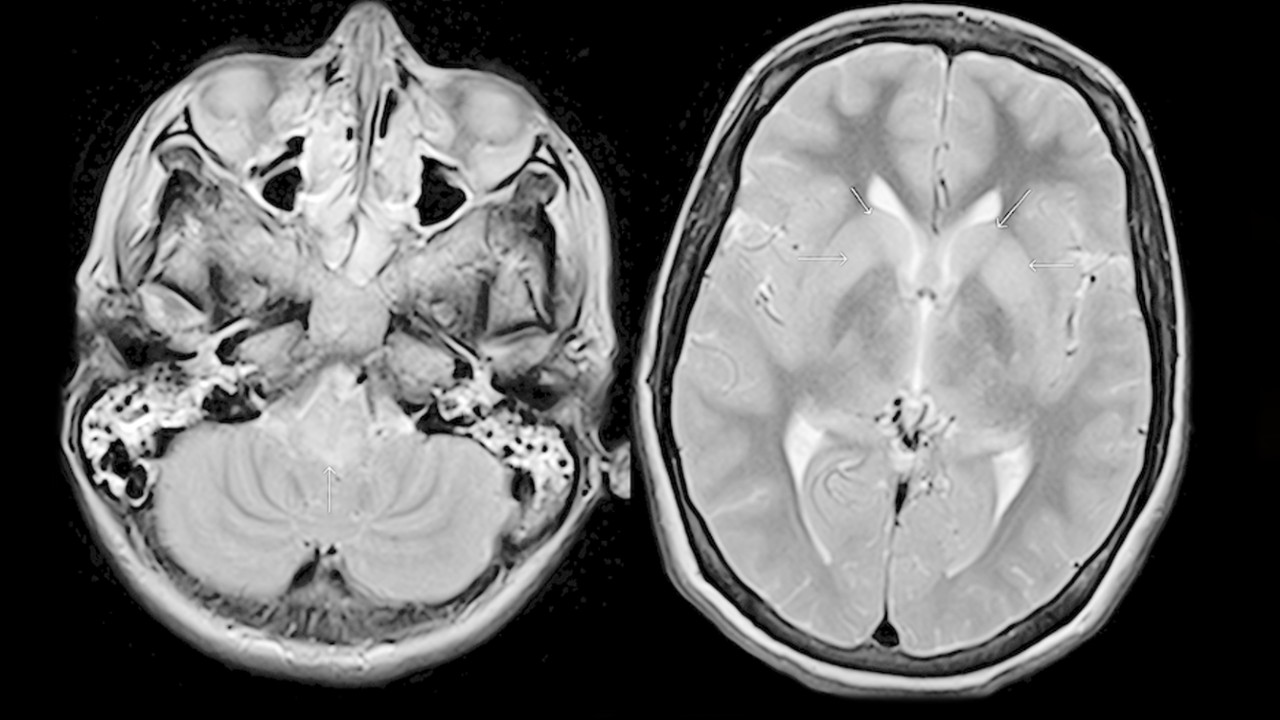There are thousands of virus types known around the world. Most of them are not dangerous enough to kill us. But some remain a deadly threat for centuries. Rabies, which is considered one of the deadliest viruses, is one of them. So why is rabies so dangerous? What is it doing to our bodies causing interesting symptoms like fear of water?
Rabies, which has been in our lives for thousands of years, still causes thousands of people to die even though its vaccine has been found. Throughout the history of humanity, various ways have been tried to get rid of this disease. But unfortunately still We are not completely saved.
Moreover, the behavior of rabies viruses after they enter the body and symptoms that occur pretty weird too. For example, fear of water. We will touch on all these, but first we need to understand why rabies is dangerous.
It is still one of the deadliest diseases in the world.
Almost for 4,000 years Rabies virus, known to exist, is seen as one of the world’s most dangerous zoonotic diseases (animal-to-human transmission). The virus, which directly targets our brain as soon as it enters our body, can cause permanent damage or to lose his life may cause.
According to the data of the World Health Organization, every year 60 thousand people due to rabies he loses his life. One of the biggest reasons for this is; people have not been previously vaccinated and their symptoms are very mild until the virus reaches the brain.
The virus directly targets our brain.

- MR image of a patient with rabies on the 16th day of hospitalization. (4 days before his death)
Suppose a rabid dog bites your toe. After this moment, the virus will immediately start working to advance in your body. While doing this, it infects all the cells that come in its way and then destroys it. Until it reaches our brain and the incubation period is over, we do not see many symptoms. The incubation period depends on the type of rabies virus and depending on the distance from the bite area to the brain may vary. Usually this time 2-3 months Although it may take up to 1 year or 1 week.
There are two different types of rabies: encephalitic and paralytic. Paralytic rabies contacts paralysis or coma It is a dragging process and usually progresses more slowly. Encephalitic rabies is usually the most common type. Hyperactivity and hallucinations as well as hydrophobia to be afraid of water can also cause.
General symptoms
- confusion, aggression
- Hemiplegia
- muscle twitches
- stiff neck muscles
- contractions
- Difficulty breathing, rapid breathing
- More saliva production than normal
- foaming at the mouth
- Insomnia and poor sleep that come with hallucinations
- Longer lasting erections and permanent erections in men
- Photophobia (fear of light)
- Fear of water or hydrophobia
So why are rabies patients afraid of water?
- It is taken from the green pine movie called Kuduz, starring Tarık Akan and Necla Nazır.
As we mentioned earlier, the virus directly targets our brain and the early symptoms seen until this point are; itching, pain, inflammation such small things. After the virus reaches our brain, it causes hallucinations, partial paralysis, excessive saliva production and even foaming at the mouth starts to cause
At this point, consuming liquid becomes a torture for patients. Infection that spreads to the throat causes spasms. That is, people even swallow it starts to hurt their souls. After a while, they refrain from consuming any beverages. When they see water or when the thought of drinking water comes to their mind, they are afraid of water, turn away and even seizures with spasms The reason is that they think they will hurt. In summary; The rabies virus actually indirectly causes us to fear water.
In some patients, interesting different symptoms can be seen.

Another symptom seen in patients with rabies is photophobia, that is, sensitivity to light. The biggest reason for this is, of course, the person infected with rabies. viruses circulating in your body. However, patients may want to be in darker environments as they enter a more melancholic feeling in practical rabies.
The hyperactivity seen in encephalitic rabies causes patients to be more willing and unable to sit still. They breathe faster and their heart rhythm speeds up. For this reason, there is an increase in their libido. In male patients, this permanent or hours-long erections may cause.
Do not underestimate the rabies vaccine.

Unfortunately, all the serious symptoms we have listed above occur after the rabies virus reaches the brain and travels to other regions. That is, when it completes the incubation period. After this point, the treatments are often insufficient.
Many of us keep one or more of our animal friends in our home or garden. However, rabies can be transmitted to our friends whom we love and feed from any animal. Therefore Vaccinations of both ourselves and our friends We must not neglect it. You can repeat your rabies vaccinations every 10 years and take precautions against the possibility of contracting the disease.
What should you do if an animal you suspect is rabid bites you?

Sensitive Image
First of all, we must say that; All the processes we have described above are similarly seen in animals. Indeed, when you look from afar appearing normal an animal may be carrying the rabies virus. However, the virus, which is in the incubation period, will not show itself. it’s hard for you to understand will be.
For this reason, when you are bitten by an animal, first for 15 minutes You should clean the wound with soap and water. Then you should go to the nearest health institution and report the situation. It will be useful to keep the animal that bit you under surveillance during this whole process.
RELATED NEWS
The Story of Vaccine, One of the Most Important Inventions in Human History, from Past to Present
The majority of symptoms have been seen in the majority of rabies cases in humans and animals. Many symptoms may not be seen in every person or animal. Do not forget to share your opinions and thoughts about rabies with us in the comments.
Sources: WHO, Boehringer Ingelheim, WOAH, MedicalNewsToday, ScienceABC, Research published in the National Library of Medicine, ReseachGate (MR Image)
